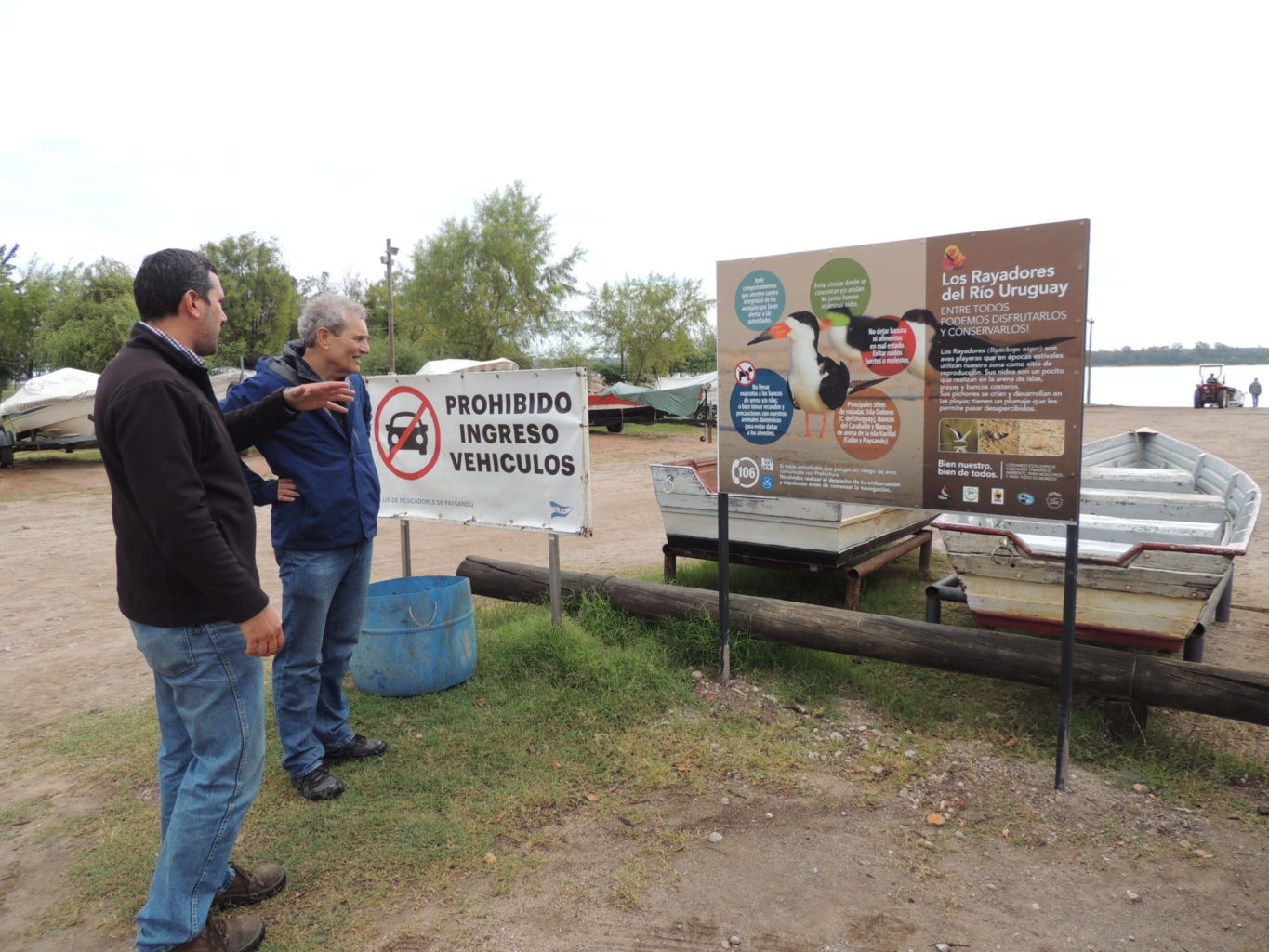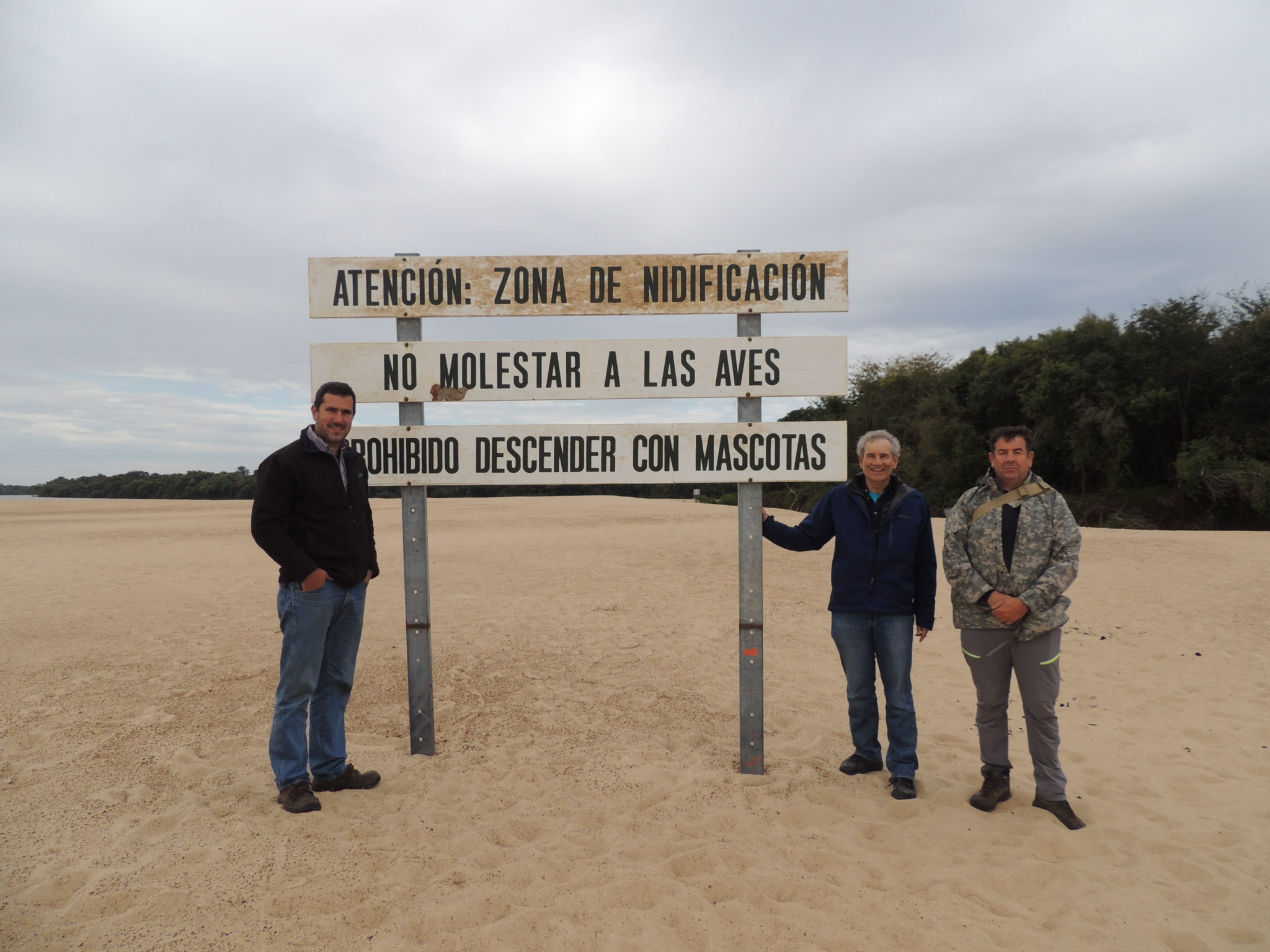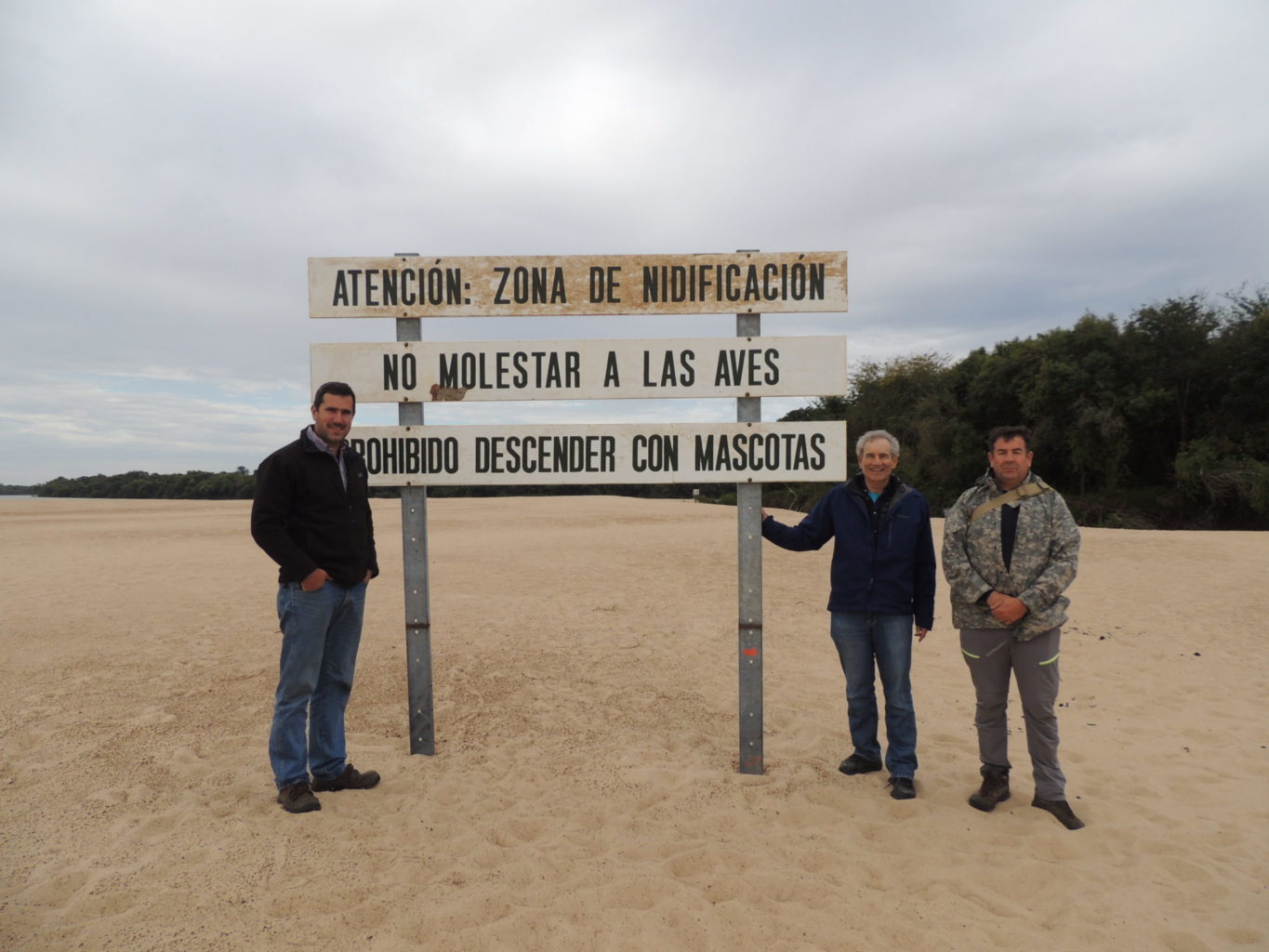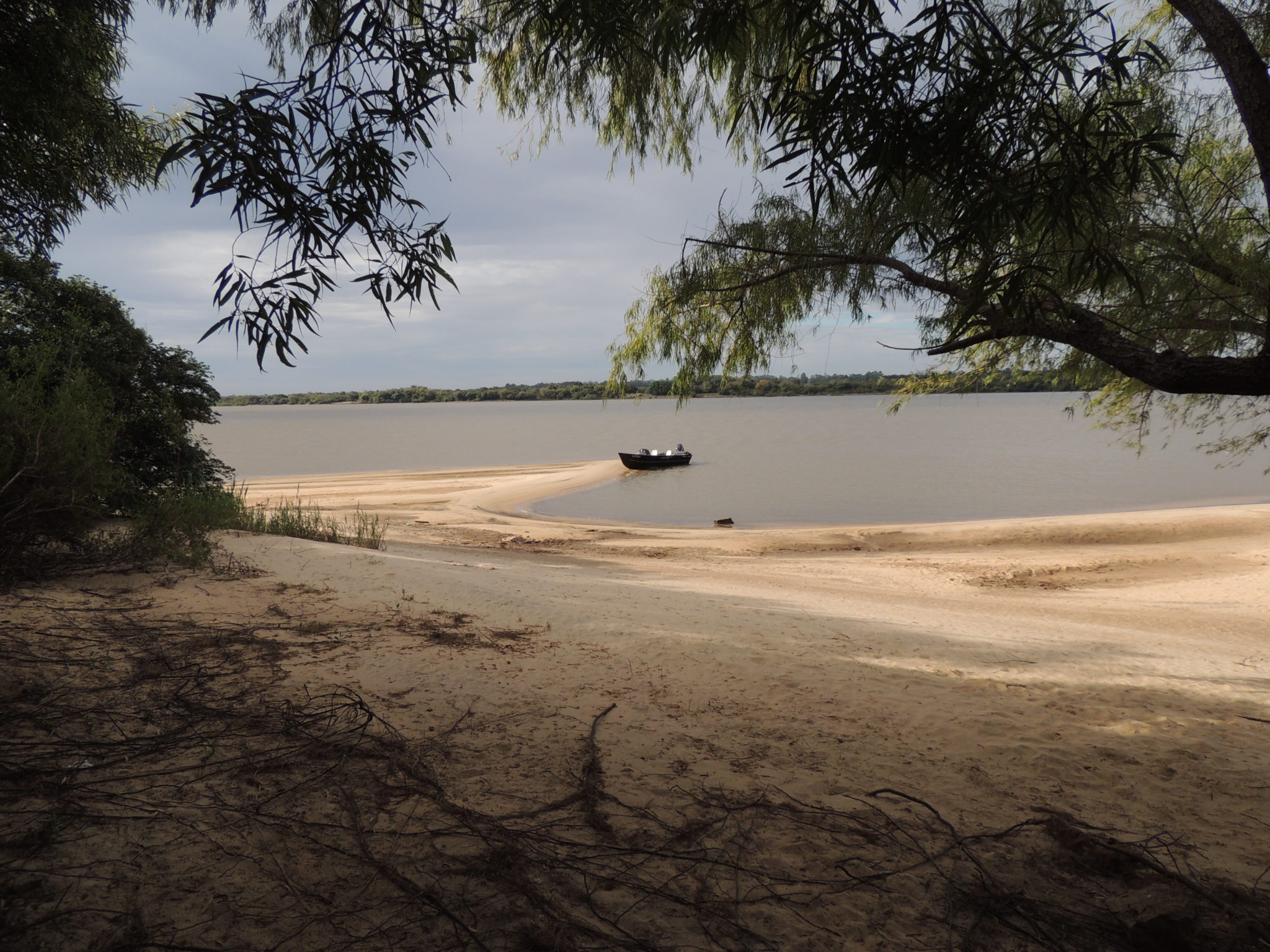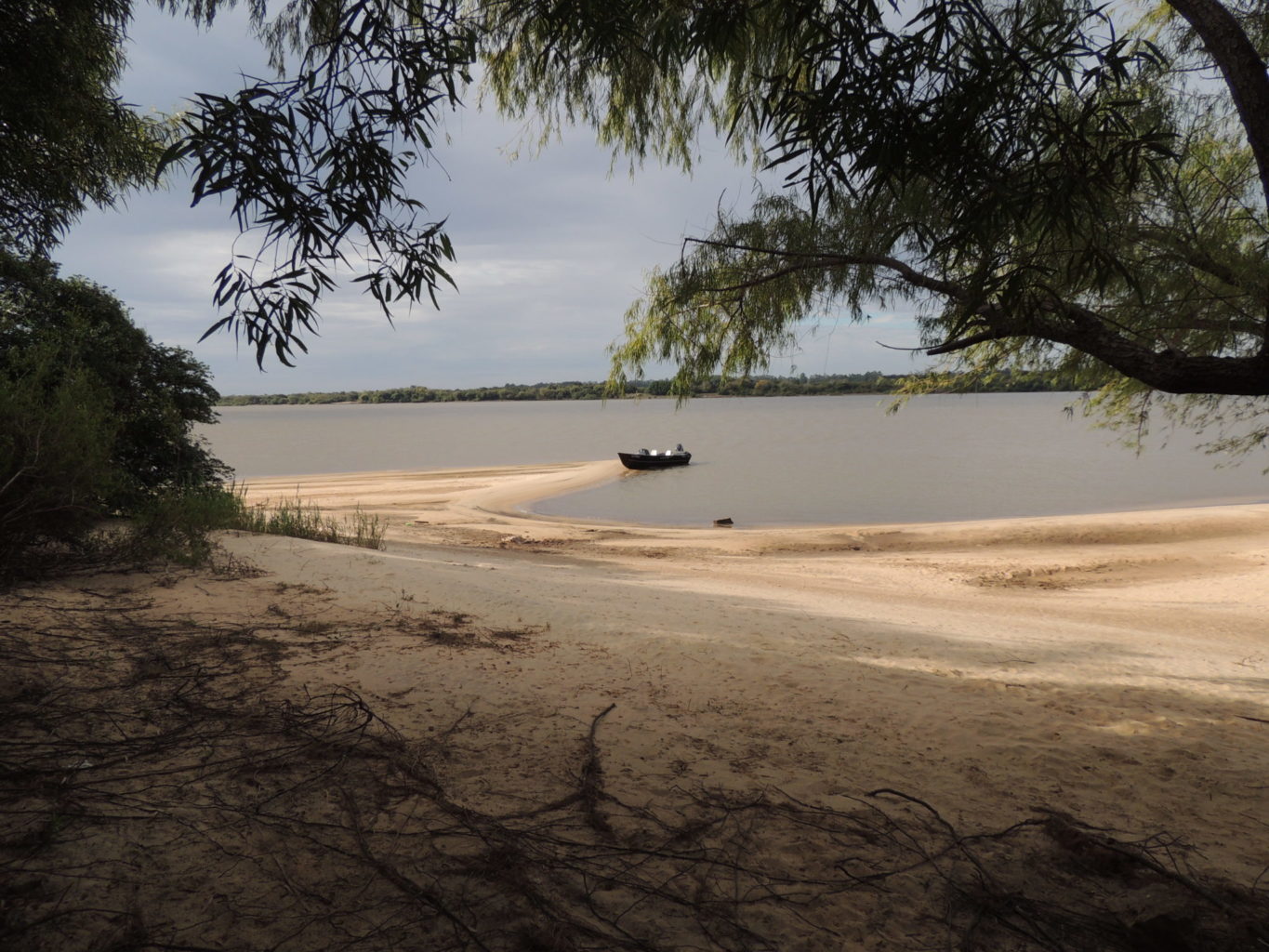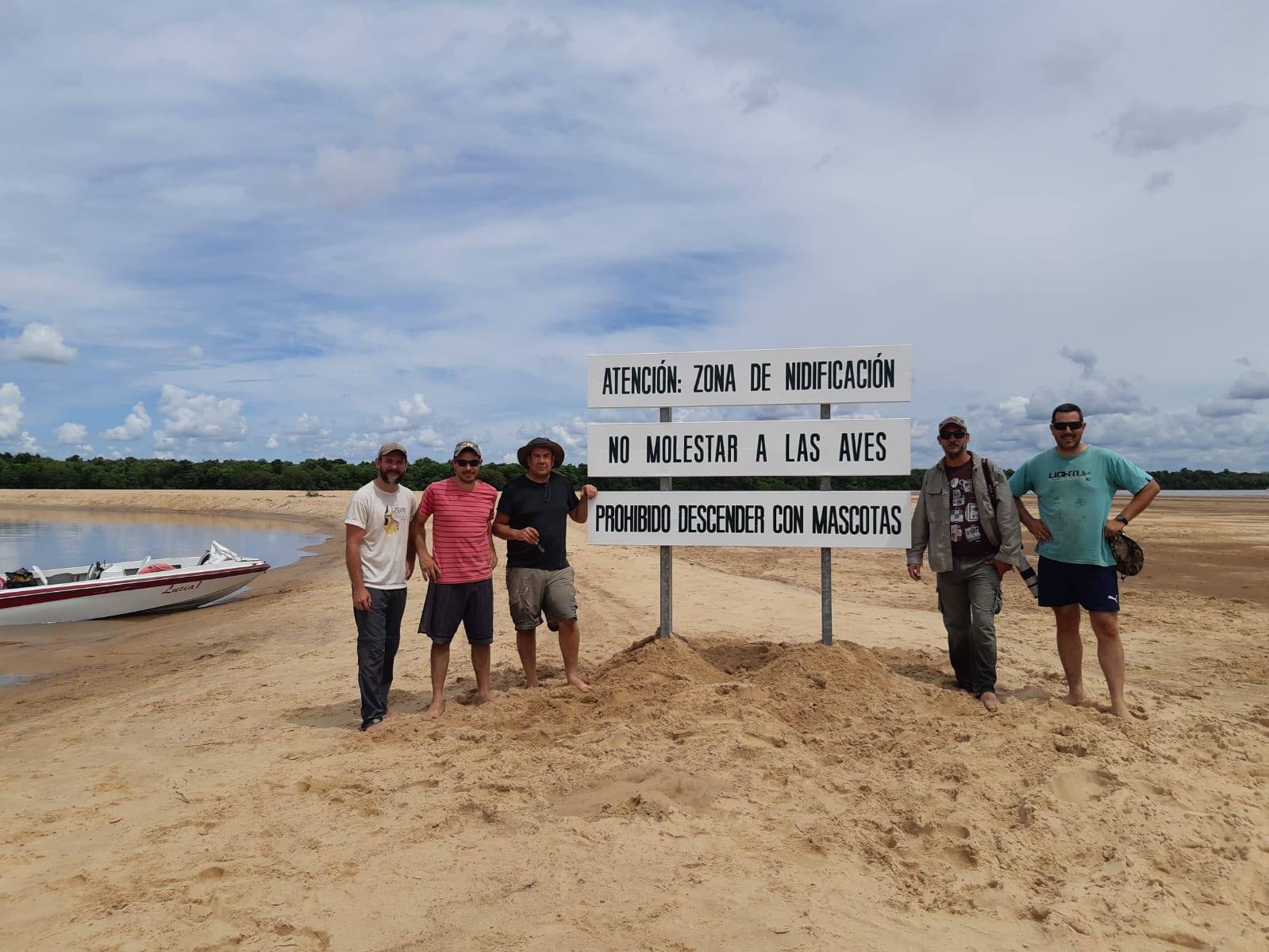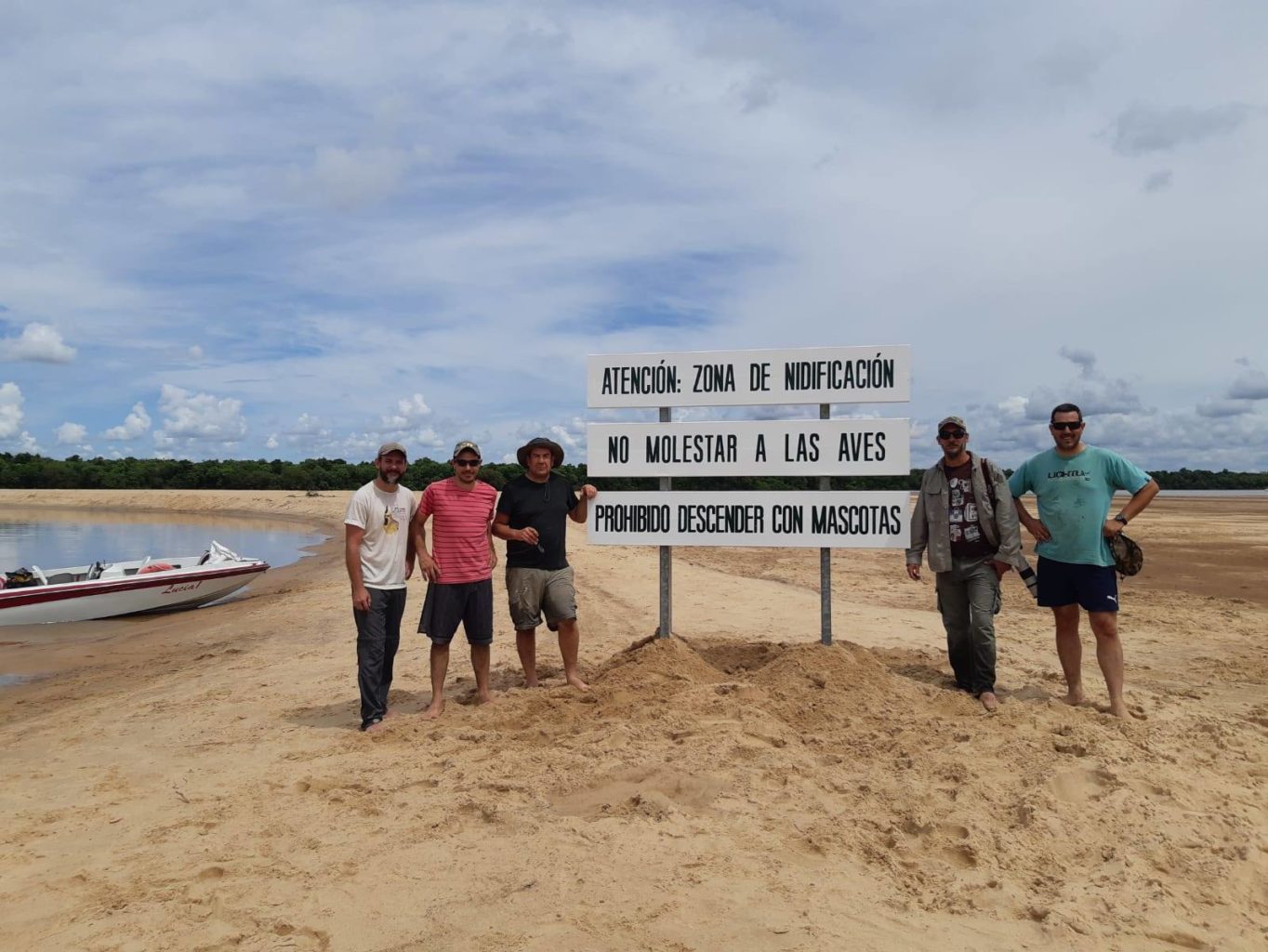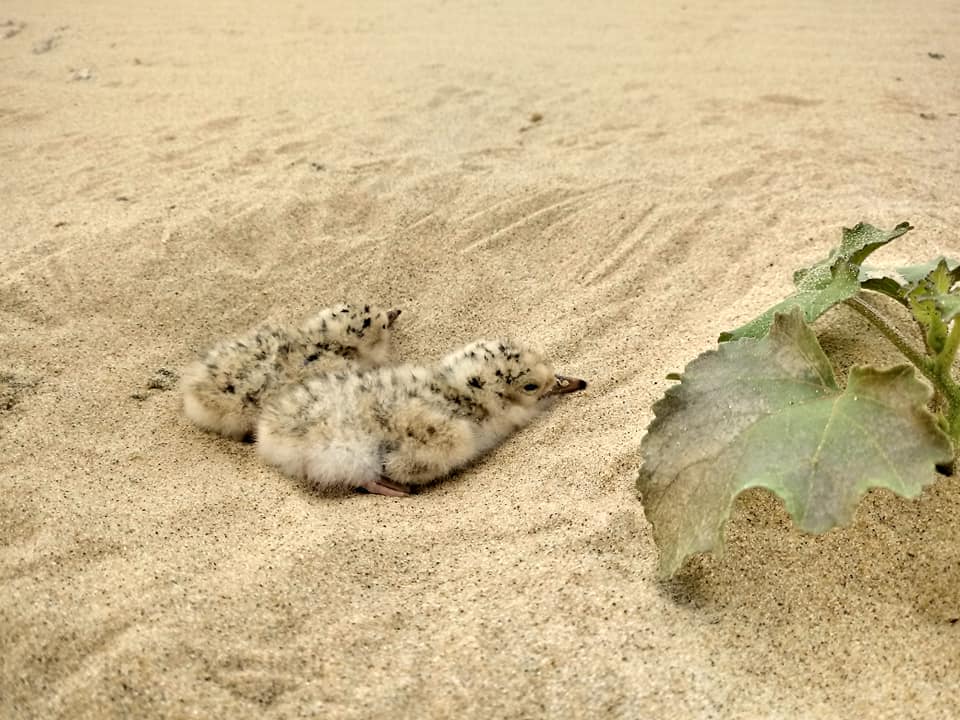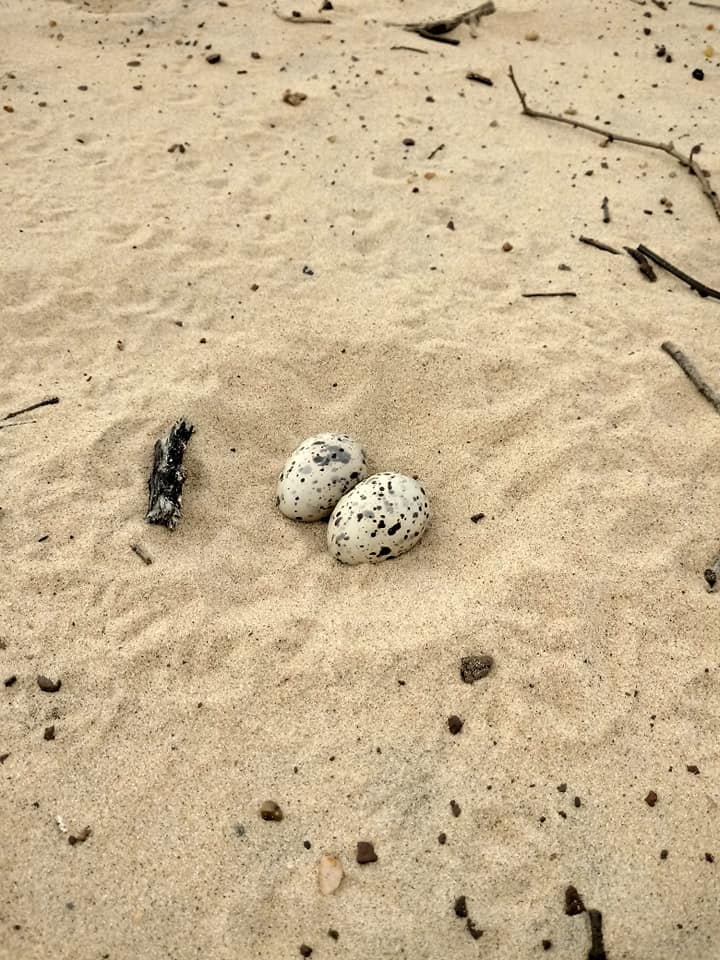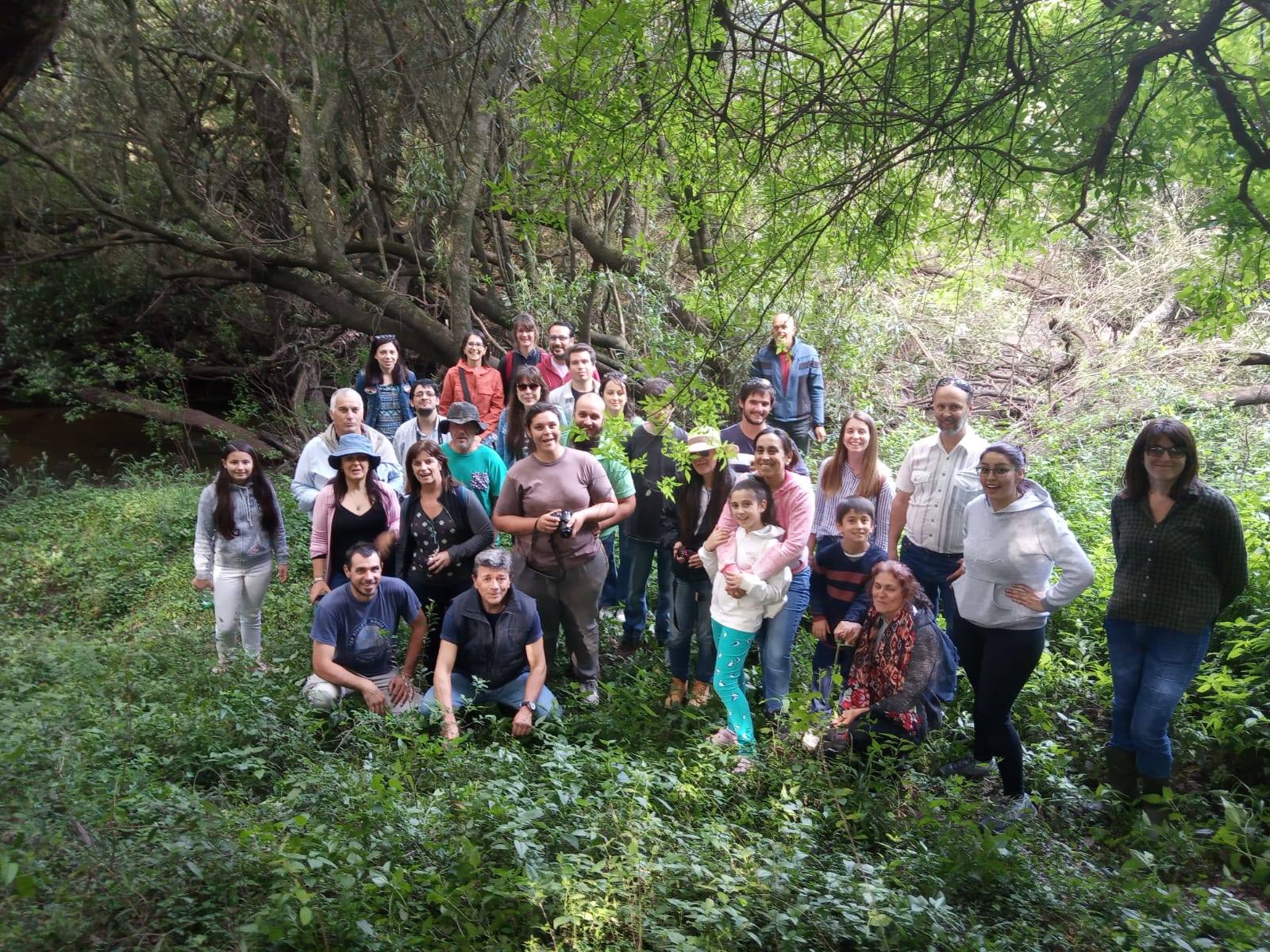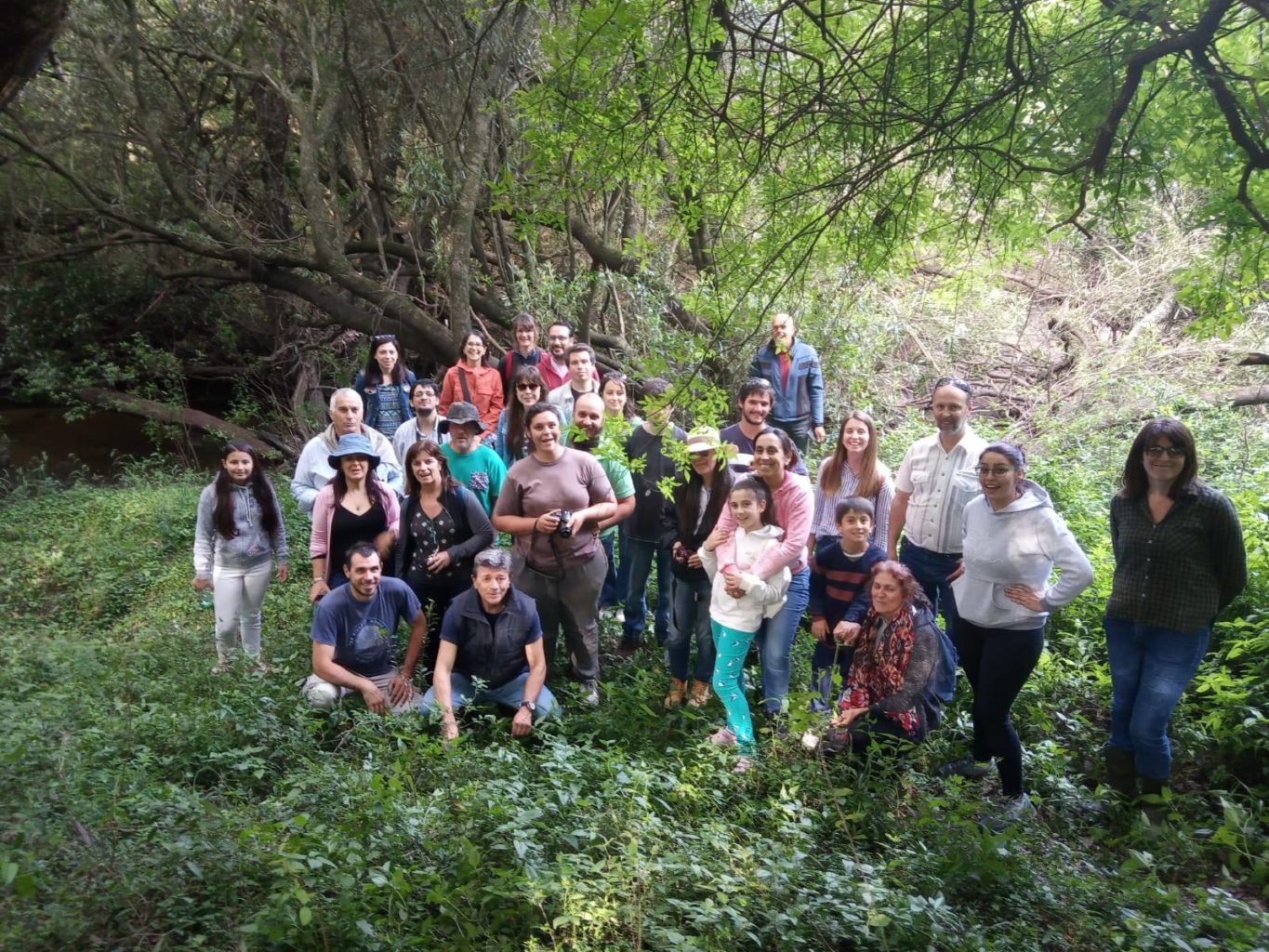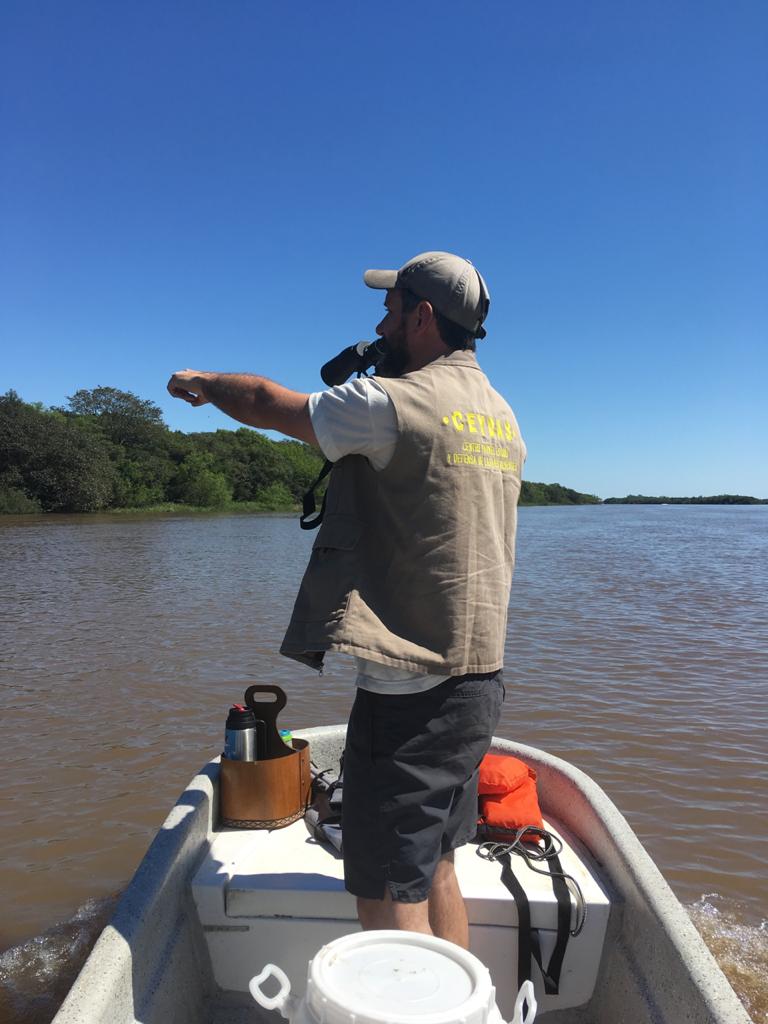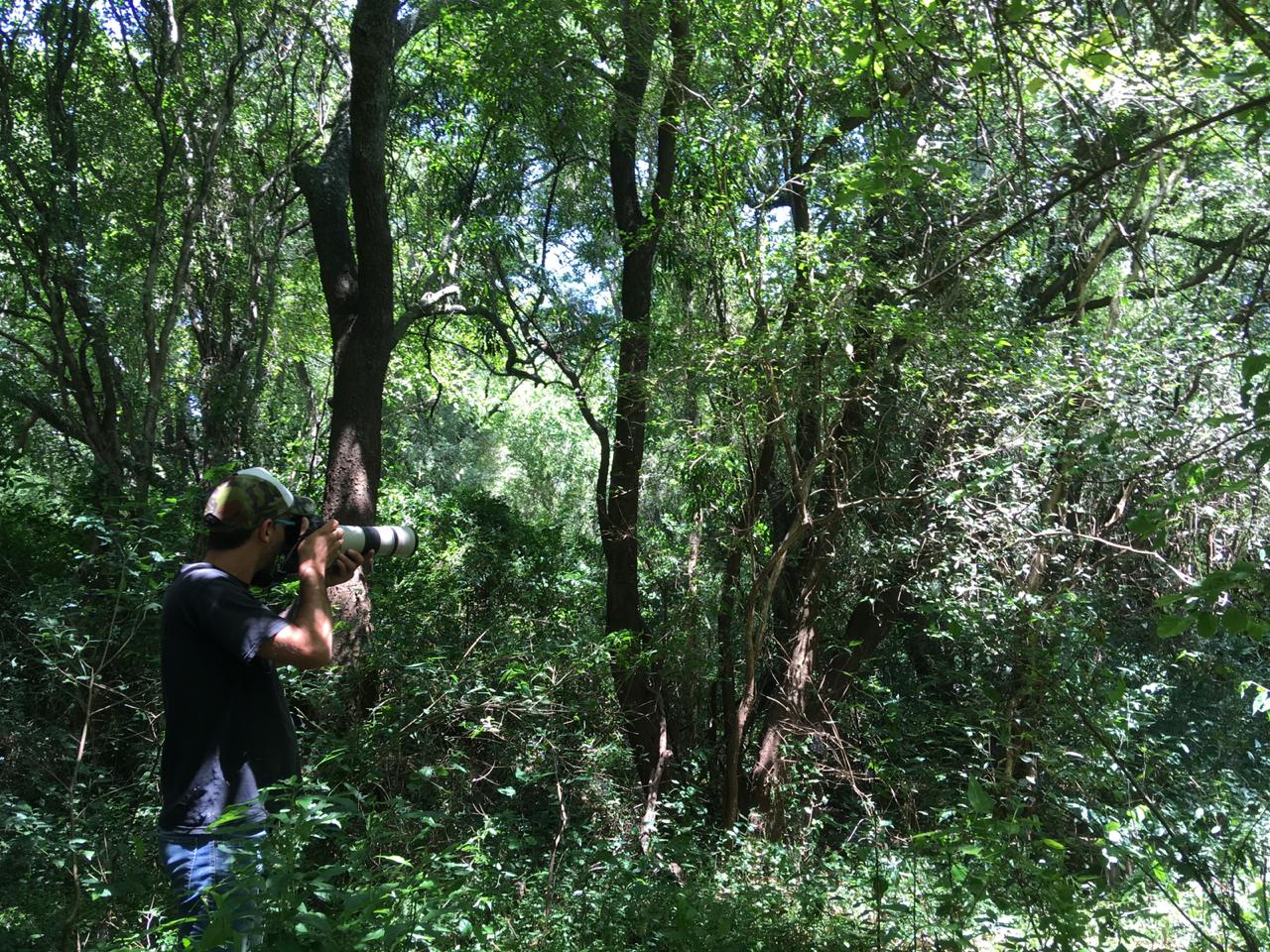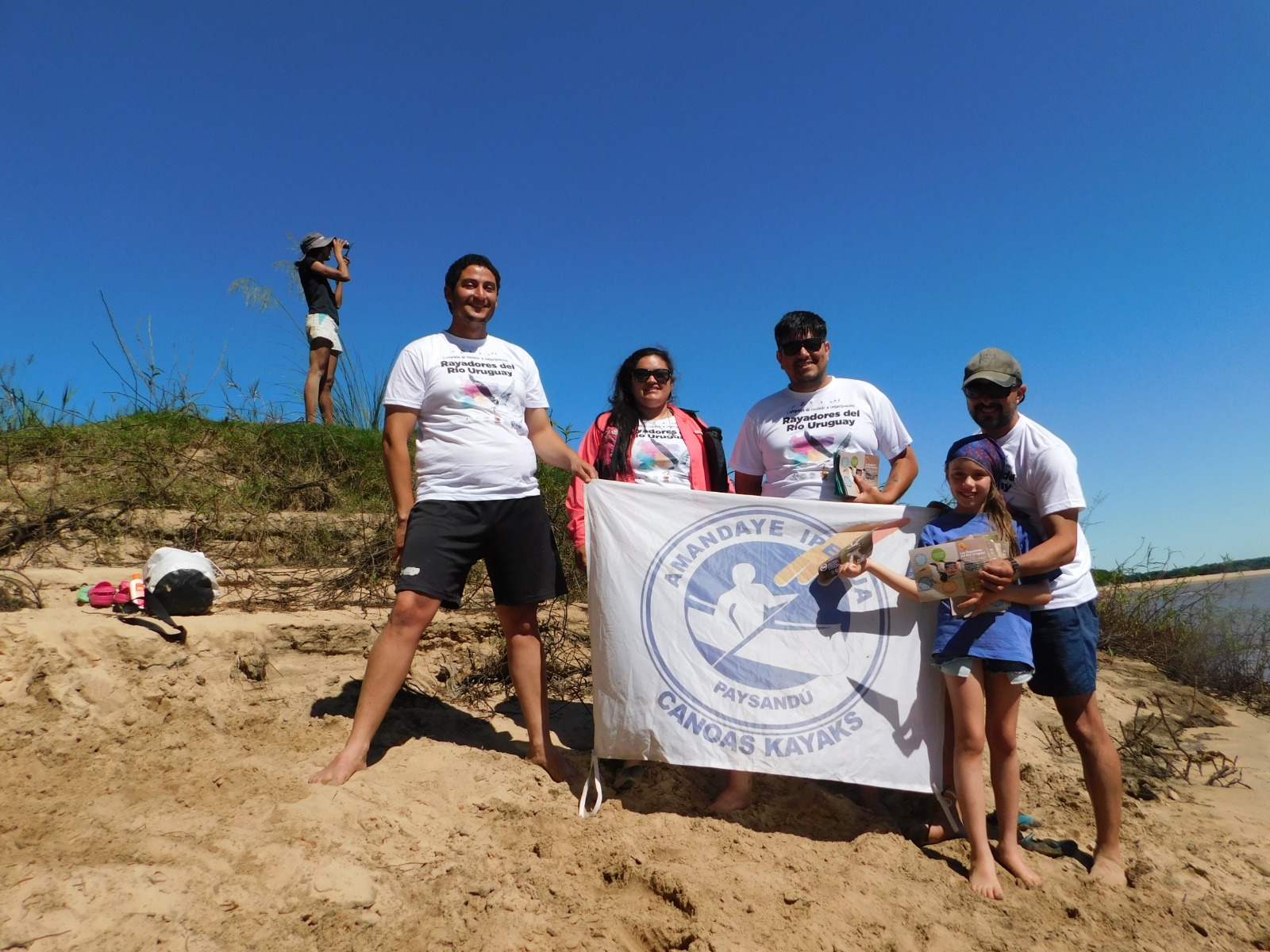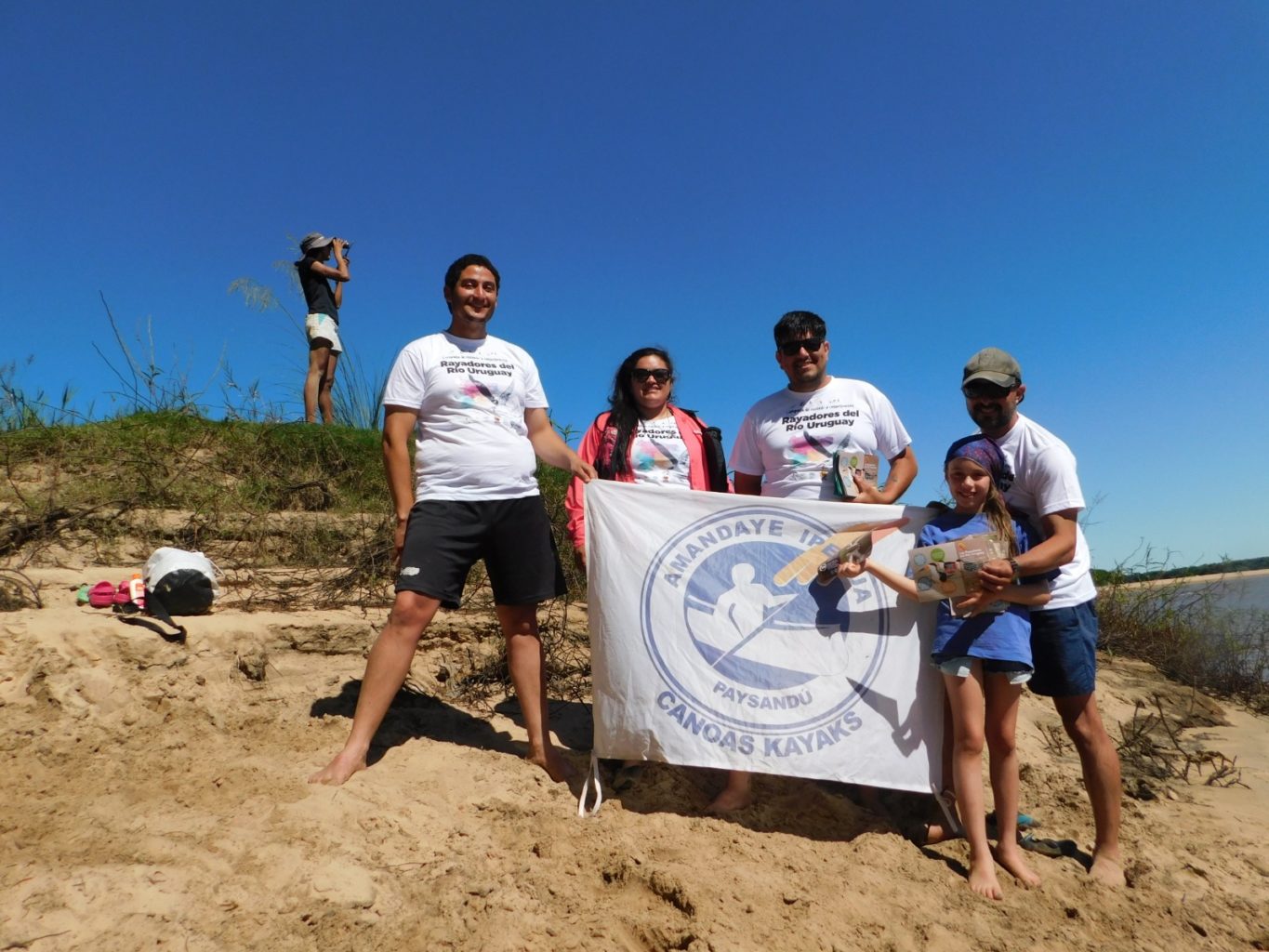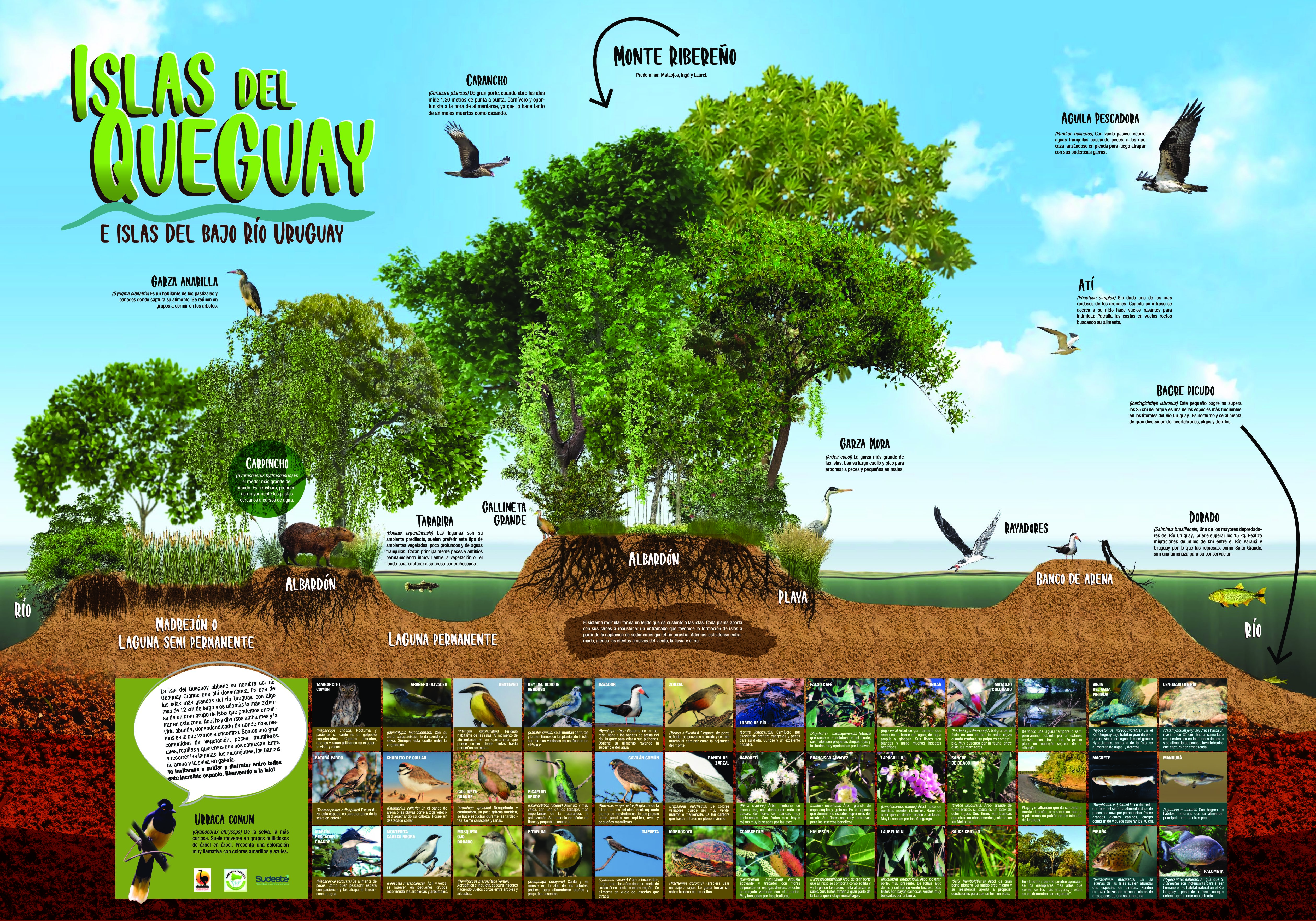The Queguay Islands lie in the Uruguay River, which forms the border between Uruguay and Argentina. These islands are important breeding sites for fish and nesting areas for migratory birds, including black skimmers and many kinds of terns. Rare plant species are also found there.
The islands are uninhabited but close to the towns of Colón, Argentina and Paysandú, Uruguay. They face threats from illegal logging, poaching (of fish and capybaras), dogs, solid waste, and unregulated tourism.
A local NGO called Gensa Paysandú, which has promoted conservation of the islands for decades, wants the government to add the islands to National System of Protected Areas. This would bring national recognition of the islands’ environmental significance and more regulation of activities there. There would be restrictions on vehicles and better enforcement of hunting and fishing limits.
Preparing a formal request for this enhanced protection, however, requires data and reports from botanists and zoologists. A Seacology grant will pay to hire the needed expertise. This is similar to a Seacology project in Chile, where an indigenous community hired experts to help them apply for marine protected status.
A grant will also fund an outreach campaign, with videos, social media, to raise environmental awareness among visitors. Our partner will put up signs near nesting sites, warning visitors to keep pets away. Finally, the group will also invest in training for local tour guides. Trained guides will follow responsible tourism practices and form part of a monitoring network.



